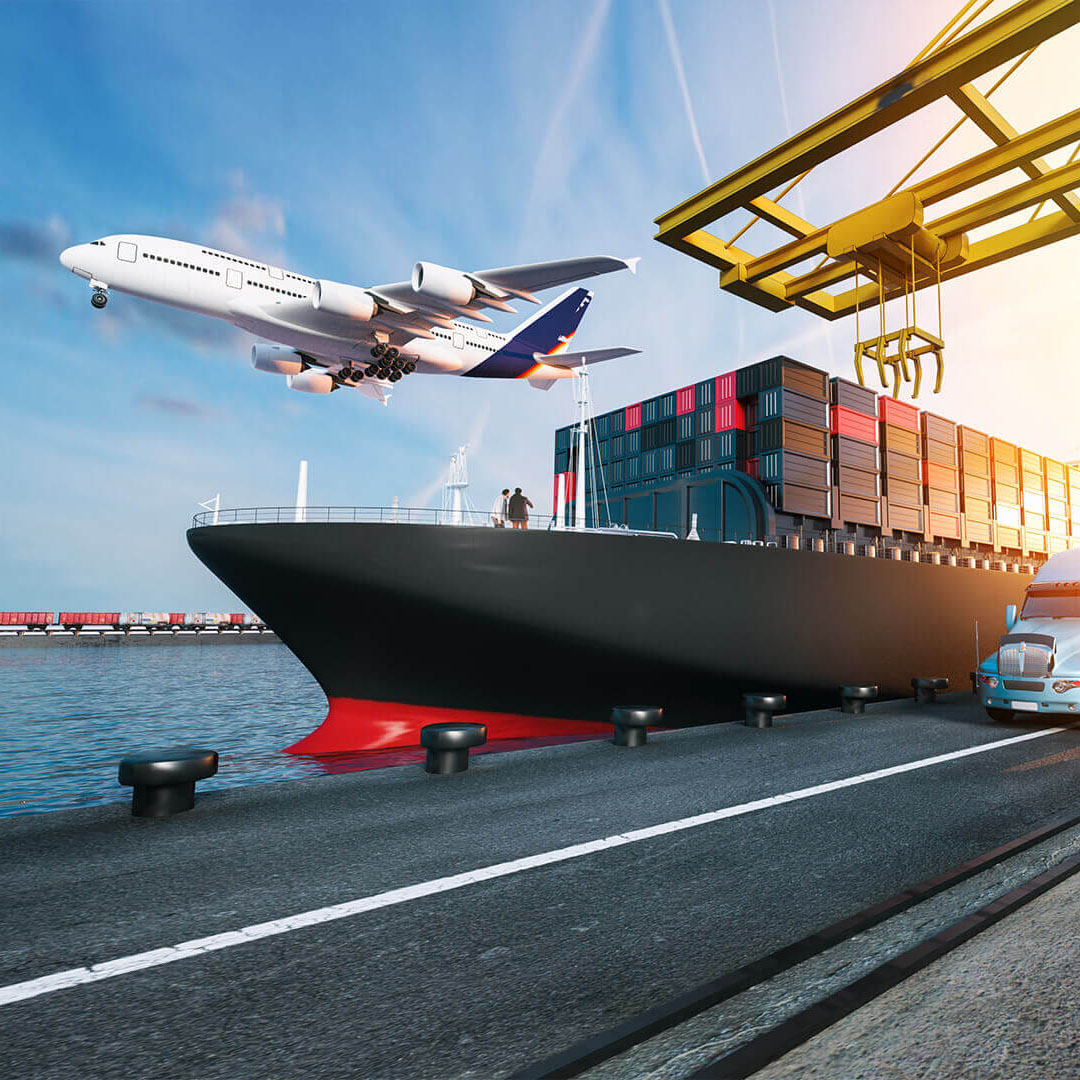Cargo Connect: Unraveling the Secrets of Freight Transport
Freight transport is the silent force that underpins the global economy, ensuring that goods and products flow seamlessly from manufacturers to consumers. we will unravel the intricate world of freight transport, peeling back the layers to understand its significance, the secrets behind its operation, and its critical role in shaping the world of trade and commerce.
The Silent Movers: Understanding Freight Transport’s Significance
Freight transport might often go unnoticed, but its significance is undeniable:
Global Trade Backbone: Freight transport is the backbone of global trade. It connects countries, facilitates international commerce, and ensures that products reach distant markets.
Consumer Access: Everything we use in our daily lives, from clothing to electronics, groceries to furniture, has likely been on a journey via freight transport. It ensures consumers have access to the products they need and want.
Economic Engine: Freight transport creates jobs, spurs economic growth, and fosters business development. It’s a catalyst for prosperity.
The Spectrum of Freight Modes: From Ships to Trucks
The world of freight transport operates on a spectrum of modes, each with its unique strengths and applications:
Maritime Freight: Ships are the giants of international trade, moving massive volumes of goods across oceans. Containerization has revolutionized maritime freight, making loading and unloading more efficient.
Rail Freight: Trains are a critical mode for transporting bulk goods overland, such as coal, grains, and raw materials. They’re also essential for connecting ports to interior regions.
Road Freight: Trucks are the workhorses of local and regional transport, ensuring goods reach their final destination. They are especially valuable for time-sensitive shipments.
Air Freight: Planes are the speedsters of the freight world, moving high-value and time-sensitive cargo. Air freight is vital for industries like pharmaceuticals, electronics, and perishable goods.
Intermodal Freight: Often, freight relies on a combination of modes to reach its destination efficiently. Intermodal transport seamlessly combines the strengths of each mode, making it a versatile choice for various goods.
Logistics: The Nerve Center of Freight Transport
At the heart of the freight world lies the complex world of logistics:
Supply Chain Management: Efficient supply chain management is the key to ensuring goods reach their destination on time and in good condition. It involves planning, procurement, production, and distribution.
Warehousing: Warehouses are hubs where goods are stored, sorted, and organized for distribution. They play a crucial role in optimizing freight operations.
Inventory Control: Accurate inventory management ensures that the right amount of products is available at the right time, preventing overstock or shortages.
Technology Integration: Modern logistics is heavily reliant on technology, from GPS tracking and route optimization to data analytics for demand forecasting.
The Challenges of Freight Transport: From Congestion to Sustainability
The world of freight transport isn’t without its challenges:
Traffic Congestion: In urban areas, traffic congestion can lead to delays and increased costs for freight operators. Innovative solutions are required to address this issue.
Environmental Impact: The transportation of goods contributes to environmental concerns, including carbon emissions. Sustainable practices, like using electric and hybrid vehicles, aim to mitigate this impact.
Safety Concerns: Safety is paramount in freight transport, with regulations and standards in place to ensure the well-being of drivers and the public.
Infrastructure Development: Expanding and maintaining transportation infrastructure is critical to keep freight moving efficiently.
The Future of Freight Transport: Innovations and Sustainability
The future of freight transport is marked by innovations and sustainability:
Electric and Hydrogen-Powered Trucks: Electric and hydrogen-powered trucks are becoming more prominent in the freight industry, reducing emissions and operating costs.
Autonomous Vehicles: The introduction of autonomous trucks promises to make freight transport more efficient and safer in the future.
High-Speed Rail and Hyperloop: High-speed rail and emerging technologies like the Hyperloop have the potential to transform long-distance freight transport.
Sustainability Initiatives: Many companies are embracing sustainable practices, including carbon-neutral supply chains and renewable energy sources for their operations.
Digital Transformation: The integration of digital technologies is enhancing freight transport operations, from route optimization to real-time tracking.
Conclusion: The Veil Lifted on Freight Transport
Freight transport is the silent hero that keeps the global economy moving. It ensures that the products we depend on reach us efficiently and reliably. Understanding the complex and dynamic world of freight transport allows us to appreciate its significance and the innovations that will shape its future.
As the world continues to change, freight transport remains at the forefront of innovation and sustainability. It is an essential thread in the fabric of our globalized world, connecting people, places, and products. The secrets of this world are gradually being unveiled as the industry strives to keep goods in motion while addressing the challenges of our times.








